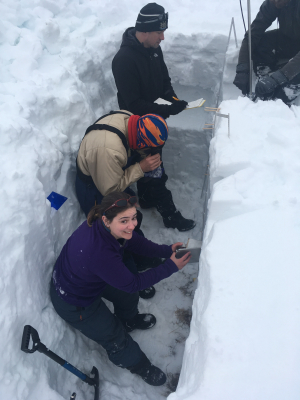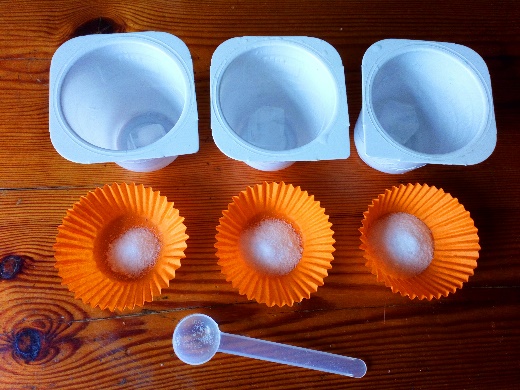Ask your child: what is an Ice Scientist?
Today, your child visited Northumbria University to learn about the science of ice. They met Dr Mel Sandells, who gave a lecture about her research into ice and snow.
Ask your child: what they remember about the lecture?
They might remember Mel discussing how she uses satellites to measure the brightness of snow, or perhaps that snow is comprised of ice crystals.
After the lecture, they visited the Think Lab to do experiments investigating the speed at which ice melts under different conditions.
Ask your child: what made the ice melt the fastest and how did they find this out?
The children set up four distinct experiments to measure how quickly ice melted under different conditions:
- Ice + A Hand Warmer
- Ice + Salt
- Ice + Warm Water
- Ice on its own
Ask your child: what type of equipment did they use today?
The used measuring cylinders and beakers to accurately measure the amount of meltwater from four distinct ice cubes.
What do Ice Scientists do?
An Ice Scientists, like Mel, is like a detective for snow and ice. They use science, specifically physics, to understand how snow and ice change over time. They use computers to create models of the snow, then change things like temperature to see what happens. Then they compare this to information they get from devices on the ground, on planes, and even on satellites, which tell them about the real-life conditions of snow and ice.
Snow is really interesting because it’s always changing, depending on how hot or cold it is and how much water is around.






